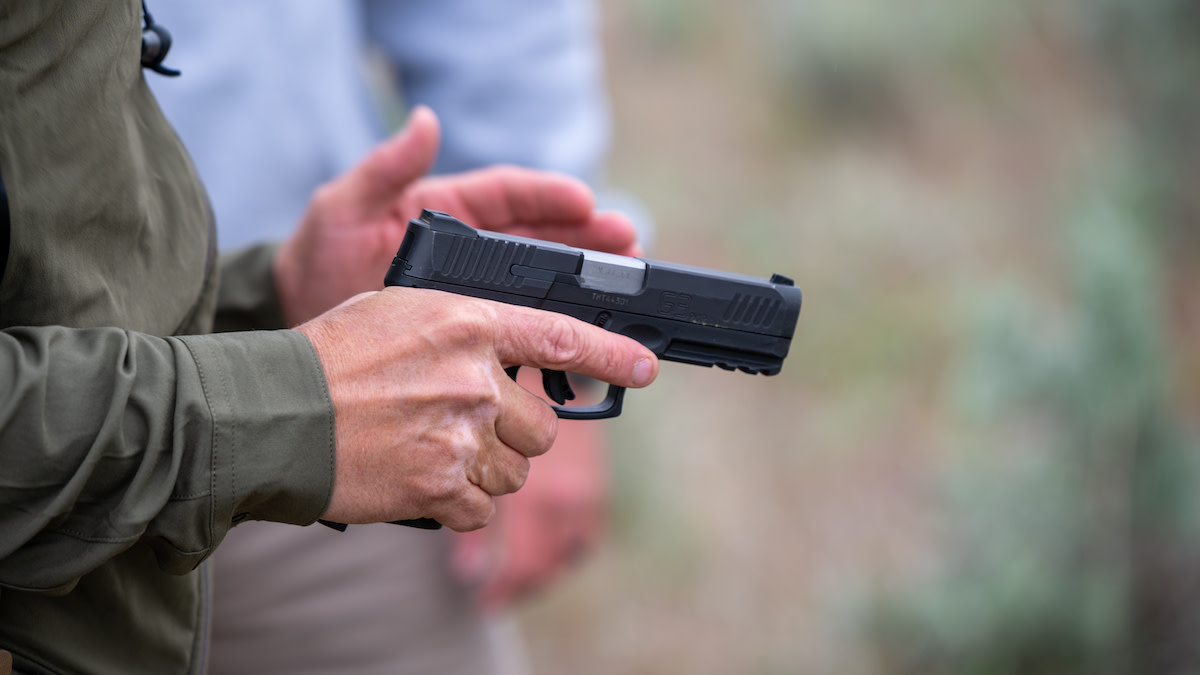The trigger of a firearm is more than just a piece of metal; it’s the critical interface between shooter and gun. A good trigger can greatly enhance the shooting experience and accuracy, while a poor one can hinder performance and enjoyment. Here we discuss the key considerations when selecting the right trigger for your firearm, whether you’re a competitive shooter, hunter, or recreational enthusiast.

Understanding Trigger Mechanics
Before selecting a trigger, it’s essential to understand the basics of how triggers work. A trigger mechanism typically involves several components: the trigger itself, a sear, a hammer or striker, and a spring. When you pull the trigger, the sear releases the hammer or striker, which then hits the firing pin, igniting the primer in the cartridge.
Types of Triggers
- Single-Stage Triggers: These are common in most rifles and handguns. The trigger pull is consistent from start to finish, making them straightforward to use.
- Two-Stage Triggers: Often found in precision rifles, these have two distinct phases. The first stage takes up slack with a light pull, and the second stage breaks the shot. This type allows for more precise shooting.
- Adjustable Triggers: These allow the shooter to customize the pull weight, over-travel, and sear engagement. They’re ideal for competitive shooters who need a trigger tailored to their shooting style.
Considerations for Selecting a Trigger
- Purpose of the Firearm: The intended use of your firearm significantly influences trigger choice. For precision shooting or competition, a two-stage or adjustable trigger might be best. For hunting or self-defense, a reliable and straightforward single-stage trigger could be more appropriate.
- Pull Weight: Measured in pounds or ounces, the pull weight is the force needed to discharge the firearm. A lighter pull is typically preferred for precision shooting, while a heavier pull might be better for hunting or tactical use to prevent accidental discharge.
- Trigger Reset: The trigger reset is the distance the trigger returns forward after firing before it’s ready to fire again. A shorter reset is often preferred in tactical or competitive shooting for faster follow-up shots.
- Quality and Reliability: A well-made trigger enhances performance and safety. High-quality materials and construction reduce the chances of malfunction.
- Compatibility and Installation: Ensure the trigger is compatible with your firearm model. Also, consider whether you can install it yourself or if you need a gunsmith.
- Legal Considerations: Always be aware of legal regulations regarding triggers, particularly regarding pull weight and modifications.
Popular Trigger Brands and Models
Some renowned brands offer high-quality triggers catering to various shooting disciplines. Brands like Geissele, Timney Trigger, and TriggerTech are known for their precision and reliability, offering a range of options for different shooting needs.
Installation and Safety
Proper installation is crucial for performance and safety. If you’re not experienced, it’s advisable to have a professional gunsmith install your trigger. Additionally, never compromise on safety; a trigger should not make a firearm unsafe to handle.
Maintaining Your Trigger
Regular maintenance is essential to ensure the longevity and reliability of your trigger. Clean and lubricate it according to the manufacturer’s instructions, and periodically check for wear or damage.
Training and Familiarization
Once you’ve installed a new trigger, spend time familiarizing yourself with its characteristics. Practice extensively to understand how it behaves in various scenarios, such as rapid firing, precision shooting, or under stress.
Conclusion:
Selecting the right trigger for your firearm is a balance of personal preference, intended use, and technical considerations. A good trigger can significantly enhance your shooting experience, but it’s vital to remember that it’s just one part of the equation. Skills, practice, and firearm maintenance play equally important roles in ensuring shooting success and safety. By carefully considering your needs and options, you can select a trigger that not only improves your shooting but also adds to the enjoyment and satisfaction of using your firearm.